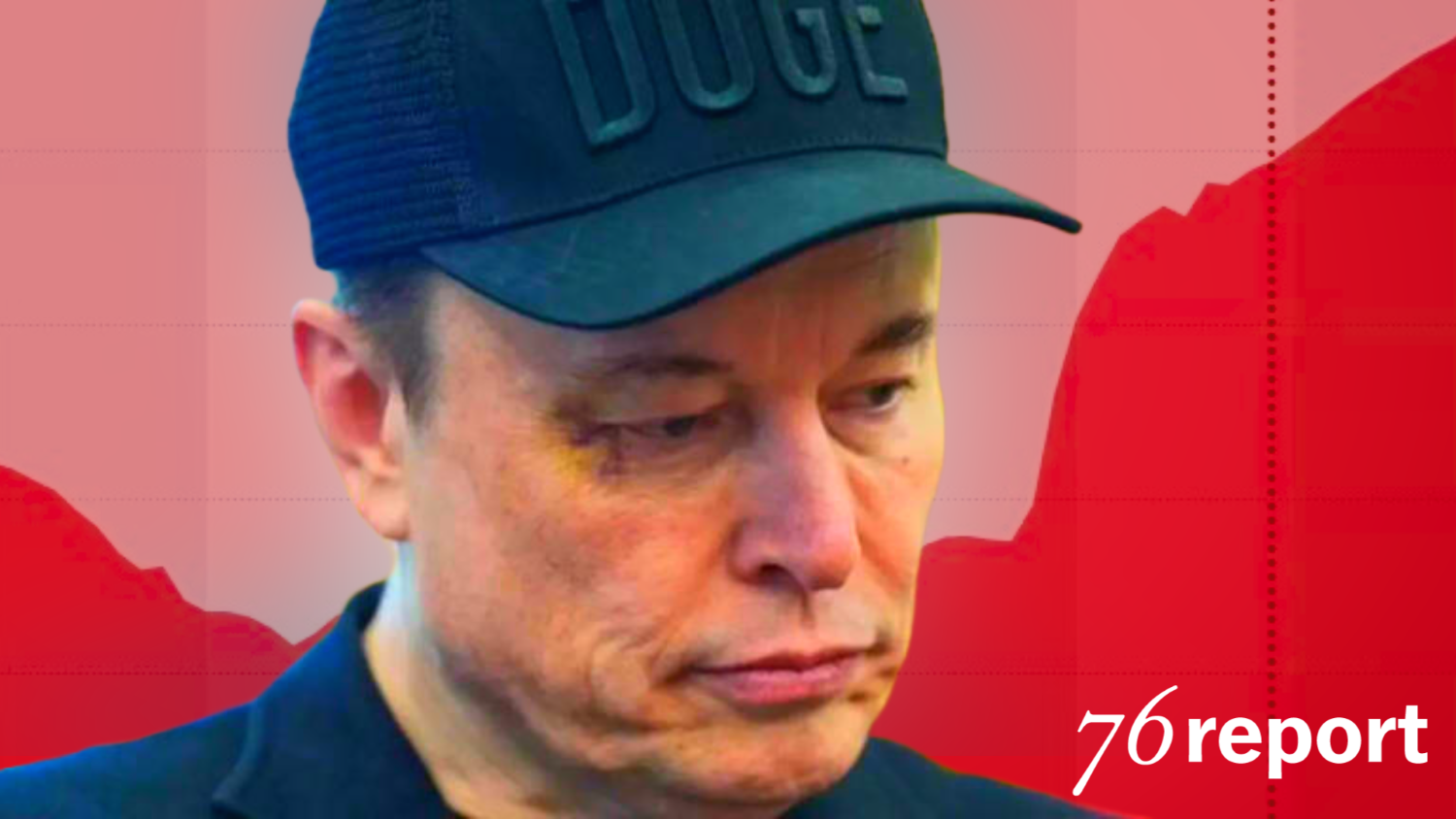The MAGA movement has been rocked by the very public divorce between Donald Trump and Elon Musk, who was until recently among Trump’s closest advisors and biggest supporters.
Of course, the marriage between Trump and Musk was political, and both men remain billionaires. And the debt, which is closing in on $37 trillion, belongs to the U.S. government, not either of them personally.
But the harsh reality of America’s grim fiscal outlook appears to be the reason the two men have parted ways.
Relationships hit rock bottom when solutions to problems cannot be found.
The disturbing truth, which the Trump/Musk dust-up is arguably signaling, is that there may indeed be no good solution to America’s debt problem.
Investors need to be prepared for a wide range of outcomes as the U.S. federal government grapples with its vast liabilities.
For many investors, this might require a reconsideration of basic risk management concepts.
Cash no longer king
Most people think of volatile assets, like stocks, as adding risk to their portfolio. If you took finance classes in college or business school, this is what you were taught.
In standard frameworks, U.S. Treasuries are considered the “risk-free” asset.
Other securities, like stocks or corporate bonds, require higher rates of return relative to Treasuries because they are more volatile and involve greater risk of default or insolvency.
Traditional academic finance teaches us that if you want to de-risk a portfolio, you move to cash or cash equivalents, like Treasury bills or bonds.
This approach works in an environment of monetary stability, like the U.S. has seen for most of the last 50 years. It fails when the monetary system becomes unstable.
After many decades of falling interest rates and low inflation, investors got a sense in recent years of just how risky the “risk-free” asset can be. Massive fiscal and monetary stimulus post-Covid led to surging inflation and a step-up in long-term interest rates.
Assets connected to the real economy, like stocks and gold, appreciated significantly, while long-term bonds suffered as interest rates rose.
Over the past five years, long-term government bonds, as reflected in the performance of the iShares 20+ Year Treasury Bond ETF (TLT), delivered a severely negative total return approaching -40%. Meanwhile, the S&P 500 and gold approximately doubled.





